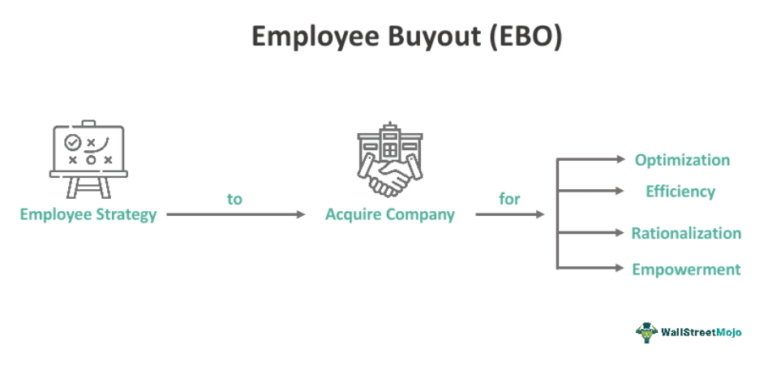
xr:d:DAFZI2_WeRw:1807,j:5505972505,t:23052607
Audience
- Sentiment: Neutral
- Political Group: Moderate
- Age Group: All age groups
- Gender: All genders
Overview
- Egg prices have surged due to a severe bird flu outbreak affecting poultry farms.
- The increase in egg prices impacts overall food costs and consumer choices.
- There are different types of eggs with varying prices, and consumers may need to compromise on their preferences.
The Egg Price Surge: What’s Cracking in the Market?
If you’ve been to the grocery store lately and noticed the price of eggs leaving you stunned, you’re not alone. It’s gotten so crazy that in January, the average price of a dozen eggs reached a whopping $4.95! That’s more than double what they cost just a few months earlier in August 2023. So what’s the deal with these rising egg prices, and why should we, as consumers, care? Let’s take a deep dive into this eggceptional situation and see what’s really going on.
A Closer Look at the Bird Flu Outbreak
The primary culprit behind the skyrocketing egg prices is a severe outbreak of bird flu that has been affecting poultry farms across the United States. Bird flu, or avian influenza, is a contagious virus that can severely impact chickens, ducks, and other birds. Unfortunately, when cases are confirmed, farms often face the harsh reality of having to cull, or slaughter, millions of their birds to prevent the spread of the disease.
Imagine if your favorite video game was at risk of being taken away because of a virus. It would feel pretty unfair, right? That’s how poultry farmers feel, losing not just their chickens, but their livelihood. In fact, more than 158 million birds have been affected so far. This sort of devastation doesn’t just affect farmers; it trickles down to consumers like you and me. With fewer chickens laying eggs, the supply dramatically decreases, which naturally leads to higher prices.
The Impact on Food Prices
Eggs might seem like a simple grocery item, but they play a big role in the overall food market. People use eggs in everything—from breakfast dishes like scrambled eggs and omelets to baked goods like cakes and cookies. So, when egg prices jump, it can send ripples through the prices of other food items, too.
As the cost of eggs rises, you might notice that the prices for other staples in your kitchen are also climbing. This is because farmers and producers are seeing increased costs in feed and transportation due to inflation—think higher gas prices and increased supply chain demands. Many food producers have no choice but to pass these costs onto us, the consumers. It’s like a game of hot potato, but in this case, it’s your wallet getting squished!
Consumer Behavior and Grocery Store Limits
Have you ever gone to the store, only to find that the item you wanted was sold out? It can be super frustrating. Well, some grocery stores are facing similar issues when it comes to eggs. Because of the bird flu and high demand, stores are placing limits on how many dozens of eggs a customer can buy at one time. This is their way of ensuring that more customers get a chance to buy eggs, instead of just a few people hoarding as many as possible.
Imagine if everyone suddenly decided to make a giant breakfast party and needed tons of eggs. There wouldn’t be enough eggs to go around, right? By setting purchase limits, stores are trying to prevent egg shortages from getting even worse. It’s not just about the money; it’s about making sure everyone has access to this basic food item.
Price Predictions: What’s Coming Next
So, what can we expect for the future? Economists and agriculture experts believe that egg prices will continue to rise throughout this year, with estimates suggesting a potential 20% increase. This is concerning for families who might feel the pinch when budgeting for groceries. Eggs are often seen as a cheap source of protein, and when prices climb, it can lead families to rethink their meals.
With Easter just around the corner, a time when many people are used to purchasing a lot of eggs for holiday festivities, the demand is definitely going to spike. It’s not just about dyeing eggs for decoration; many families also enjoy egg-based dishes during brunches and dinners. Higher prices during this season could lead to a tough decision for some—do they splurge on those overpriced organic eggs or stick to the more affordable, yet still rising, conventional options?
The Types of Eggs: What’s the Difference?
You may have also heard about different types of eggs, such as organic, cage-free, and conventional. Each type of egg comes at a different price point because of the way the chickens are raised and cared for.
- Conventional eggs come from hens that are usually kept in large barns or cages. These hens aren’t given much space, but the system allows for a lower price for their eggs.
- Cage-free eggs come from hens that have more space to roam inside a barn but typically aren’t outside.
- Organic eggs are produced by hens that are fed organic feed and often have outdoor access. These tend to be the most expensive.
With soaring prices, many consumers may feel pressured to compromise on their choices—do they stick to their preferred type, or settle for something less expensive? Prices for organic and cage-free eggs could see even more significant increases due to their more costly production methods.
The Bigger Picture
While it may seem trivial to focus on egg prices, this situation reflects larger issues within our food system. Consumers may not realize that eggs are just one piece of a much bigger puzzle when it comes to food production and distribution. This surge in prices is a reminder of how interconnected our food supply chain is.
Additionally, it underscores the importance of supporting local farmers and producers. When you buy from a local farmer’s market or shop locally, you can sometimes find more reasonable prices and support agriculture in your community. It also highlights the need for sustainable practices to protect our food supplies from diseases like bird flu in the future.
What Can We Do?
As consumers, there are several ways we can navigate this egg crisis. First, consider planning your meals around what’s affordable and in-season. Eggs are versatile, so there are countless ways to prepare them that can keep your meals interesting without breaking the bank. You might even try baking or cooking with substitutes when eggs are just too pricey.
Second, look for local farms in your area perhaps through farmer’s markets or community-supported agriculture (CSA) programs. Buying directly can sometimes provide a more affordable alternative, plus you’re helping your local economy.
Finally, we can always advocate for better practices in farming and food production. Keeping informed about where our food comes from and sharing this knowledge with our friends and family can help us all make smarter choices.
Your Turn
In a world where prices for everyday items like eggs are soaring, how do you feel about our food system? Have you noticed the price changes at your local grocery store? Are there specific brands or types of eggs you love to purchase, or have you had to switch to more affordable options? I’d love to hear your experiences and thoughts in the comments!





